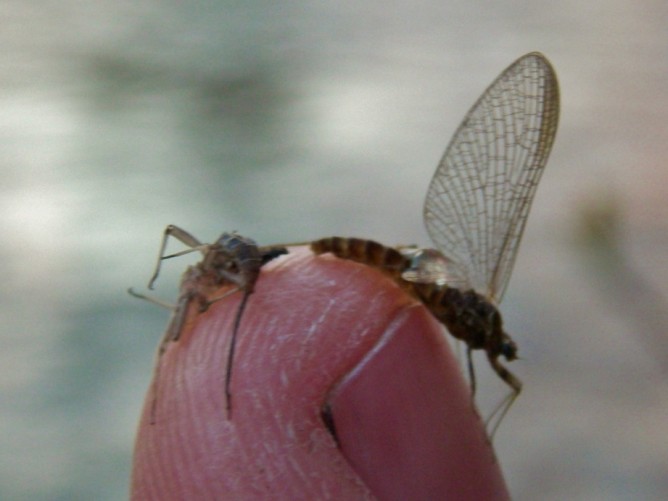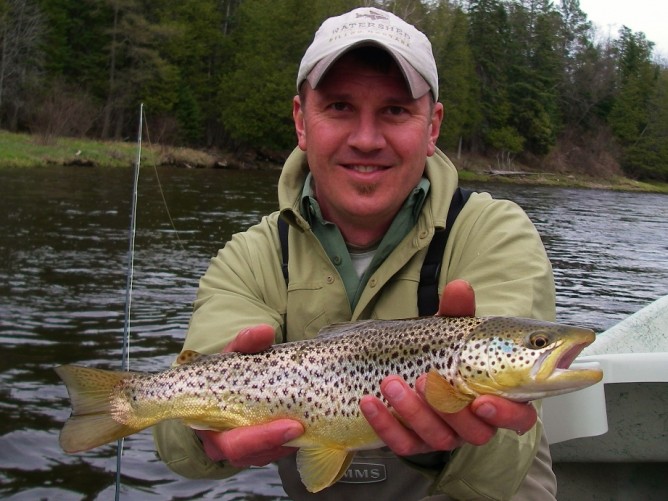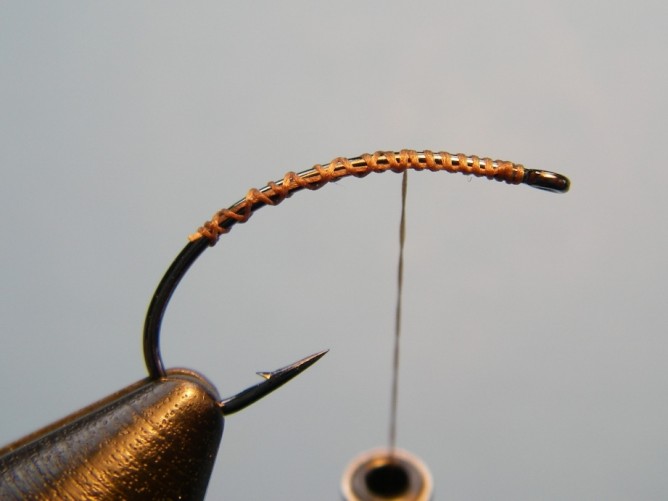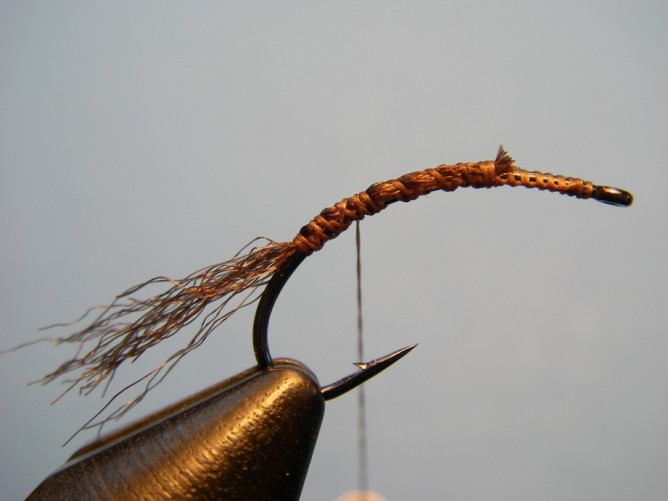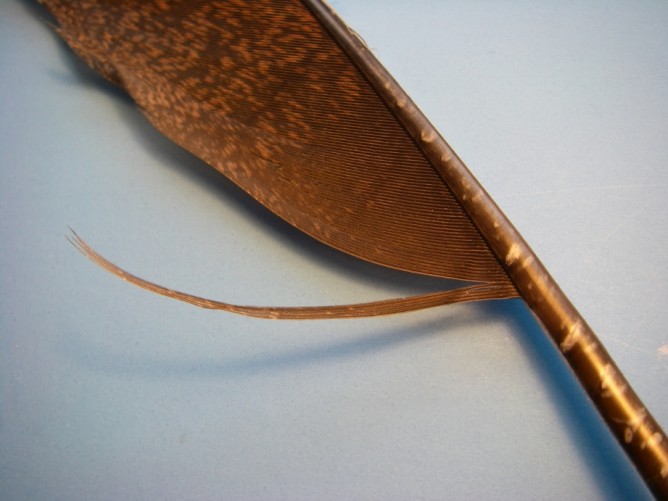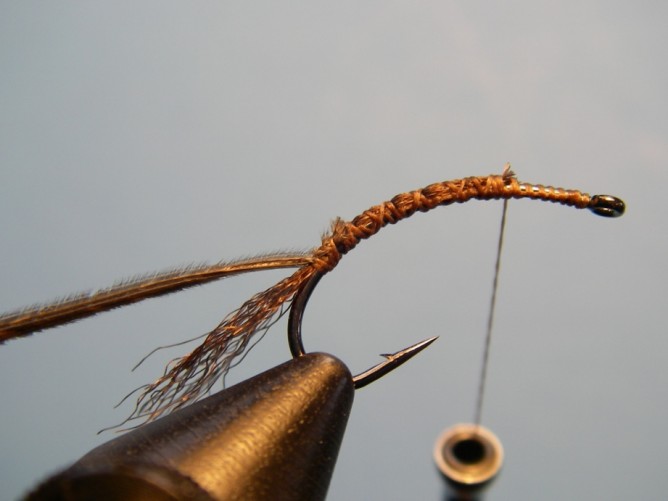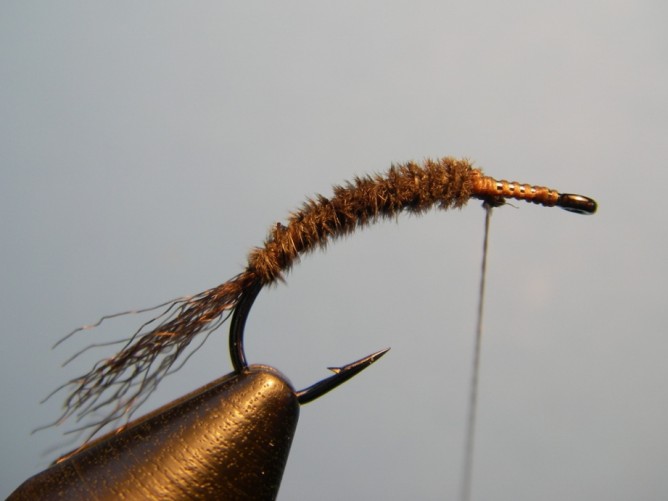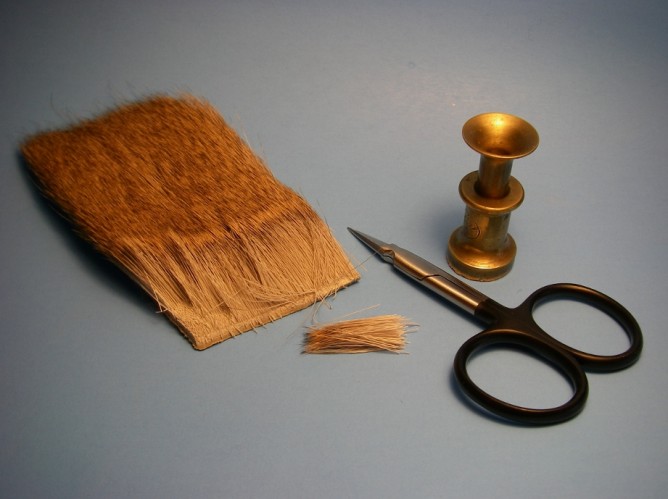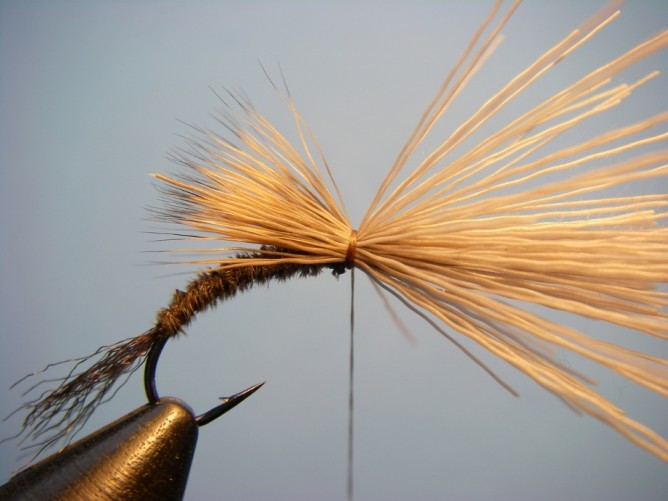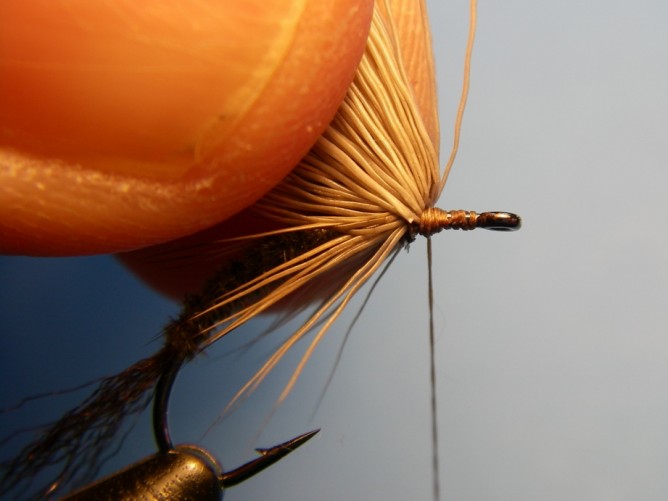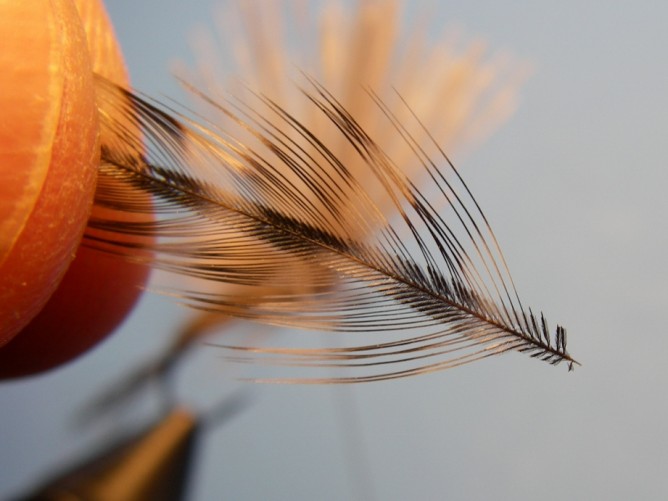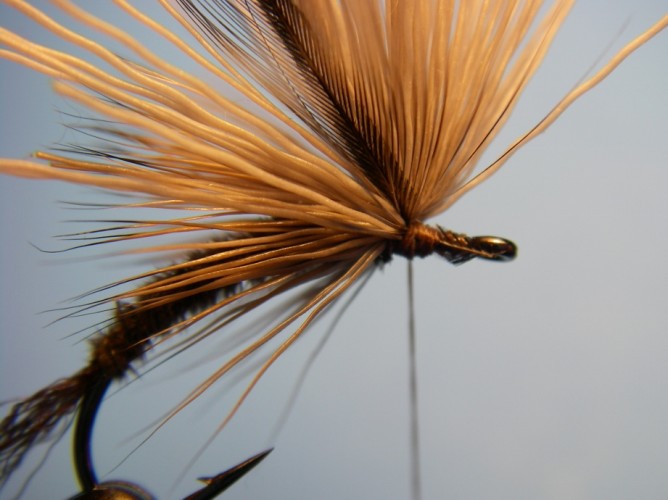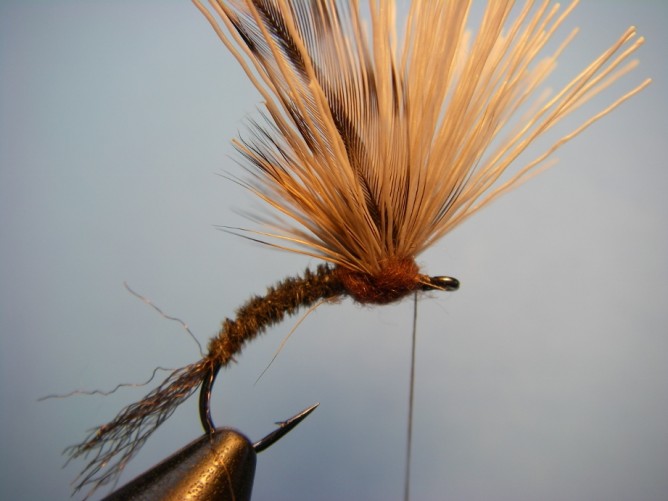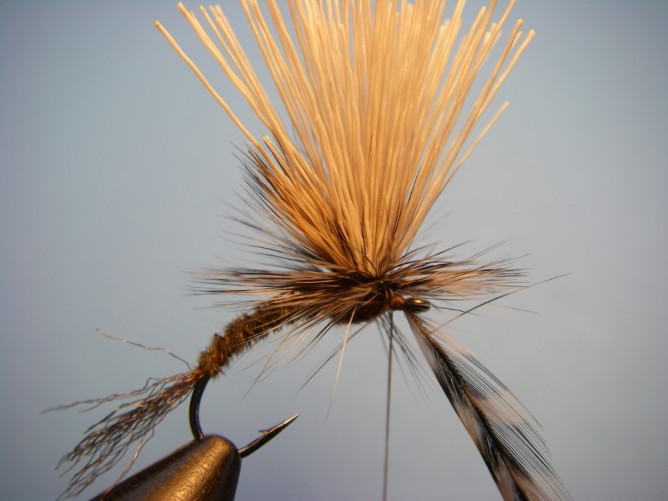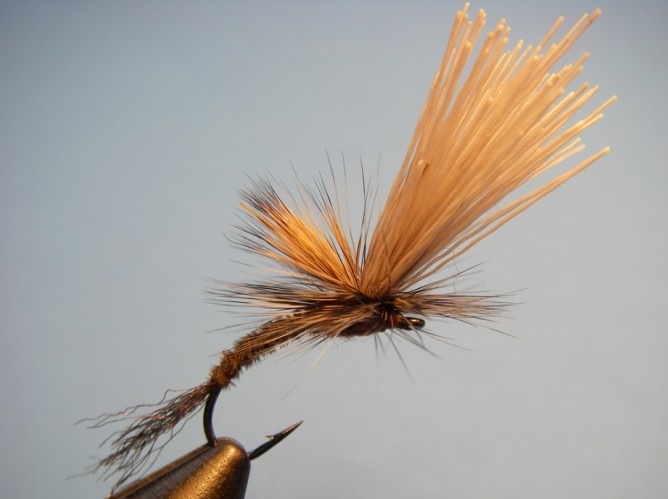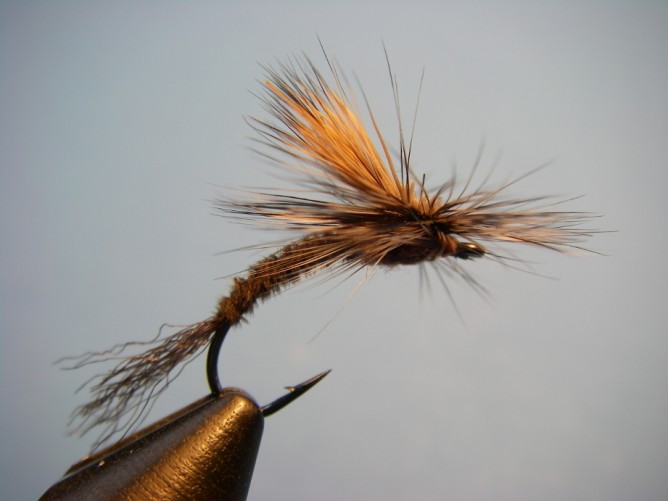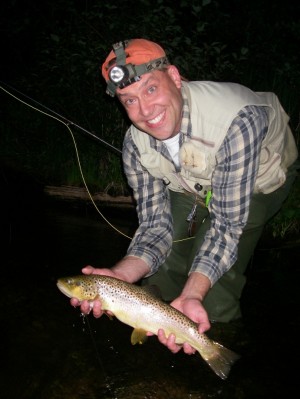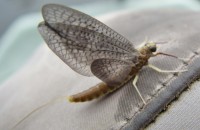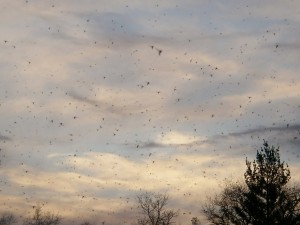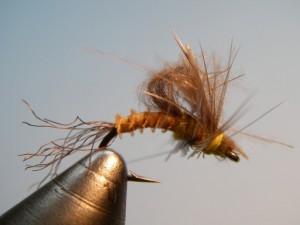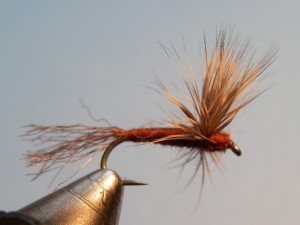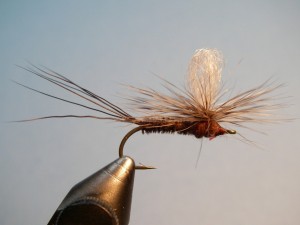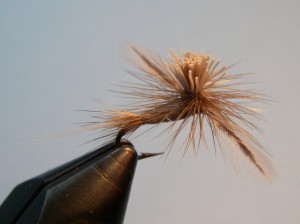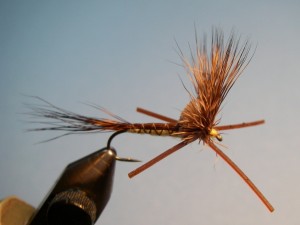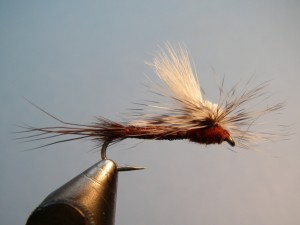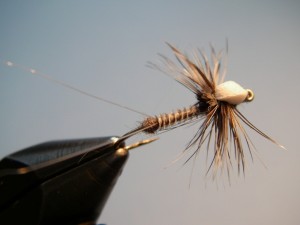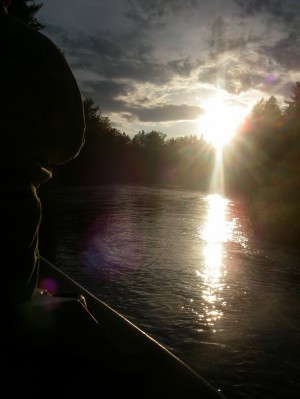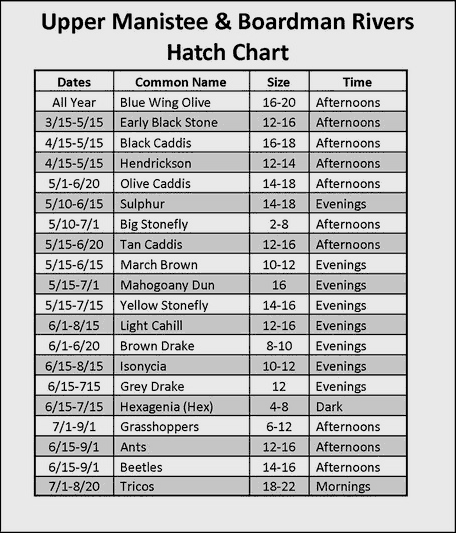River conditions in the region are ideal with temps cooled and their levels filled. There is a little stain to the river to offer the fish some comfort and anglers some stealth.
The recent rains and cooler weather has corrected the advanced mayfly emergences on the rivers to a schedule that’s closer to what is should be for this time of year. If headed to the Manistee river, you can expect to see Gray Drakes, Brown Drakes, Isonychias, Little Yellow Sallies, Yellow Cahills, BWOs and medium yellow/brown stoneflies. After a few years of low-density hatches, it appears that certain mayflies are rebounding – specifically the brown drakes and Isos.
With the stained water and a cloudy day, smaller streamers fished through riffles and runs are producing some fish between emergences and any surface activity.
With the forecast of warmer days and sunshine, pack that headlamp because it’s likely going to be the last couple of hours of the day that gives you match-the-hatch fishing as bugs either emerger or the adult spinners fall – either way, it’s time for some tactical presentations for some memorable fish.
You can read more on fishing before the hex hatch and the bugs you are likely to see, here.
Bass and bluegill on the local lakes are back to eating flies on the surface but most of the really big gills are staying deep until late or early in the day. There is something about low light conditions that all species really like….
Good luck.
Ted
Gift Certificates – It’s not too late to get dad a gift certificate for Father’s Day – half/full day trips or lessons.
Smallmouth Bass – Fish the lower Manistee with streamers & poppers this summer for fish that can pull.
Learn To Fly Fish – 1/2 Day trips are perfect for beginners! Learn how to cast before hitting the water to fish.
Trout, Tricos & Terrestrials – July & August offer fun dry fly fishing on the upper Manistee river.


